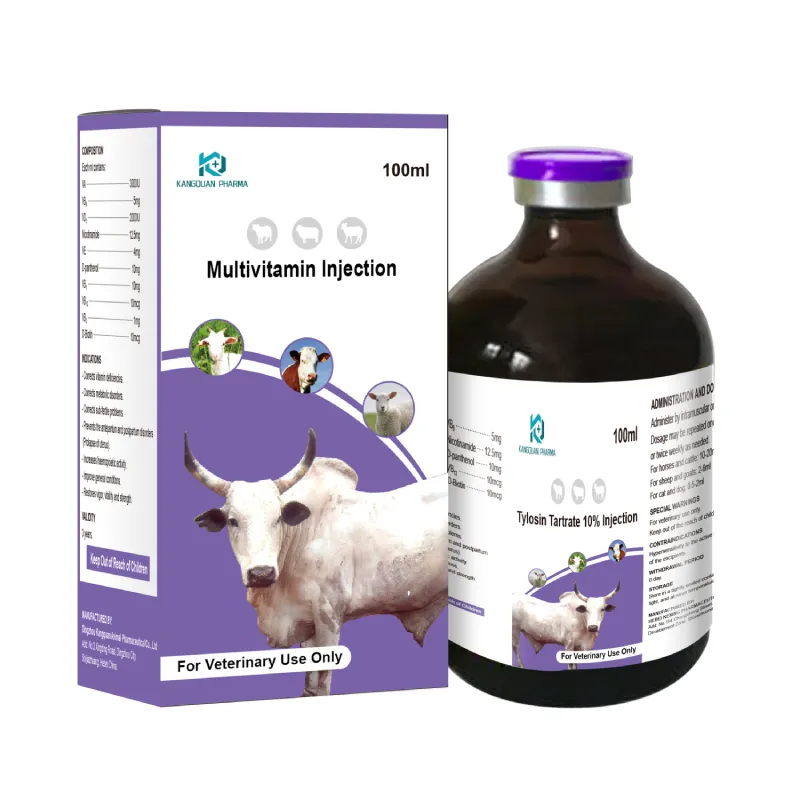- Afrikaans
- Albanian
- Amharic
- Arabic
- Armenian
- Azerbaijani
- Basque
- Belarusian
- Bengali
- Bosnian
- Bulgarian
- Catalan
- Cebuano
- Corsican
- Croatian
- Czech
- Danish
- Dutch
- English
- Esperanto
- Estonian
- Finnish
- French
- Frisian
- Galician
- Georgian
- German
- Greek
- Gujarati
- Haitian Creole
- hausa
- hawaiian
- Hebrew
- Hindi
- Miao
- Hungarian
- Icelandic
- igbo
- Indonesian
- irish
- Italian
- Japanese
- Javanese
- Kannada
- kazakh
- Khmer
- Rwandese
- Korean
- Kurdish
- Kyrgyz
- Lao
- Latin
- Latvian
- Lithuanian
- Luxembourgish
- Macedonian
- Malgashi
- Malay
- Malayalam
- Maltese
- Maori
- Marathi
- Mongolian
- Myanmar
- Nepali
- Norwegian
- Norwegian
- Occitan
- Pashto
- Persian
- Polish
- Portuguese
- Punjabi
- Romanian
- Russian
- Samoan
- Scottish Gaelic
- Serbian
- Sesotho
- Shona
- Sindhi
- Sinhala
- Slovak
- Slovenian
- Somali
- Spanish
- Sundanese
- Swahili
- Swedish
- Tagalog
- Tajik
- Tamil
- Tatar
- Telugu
- Thai
- Turkish
- Turkmen
- Ukrainian
- Urdu
- Uighur
- Uzbek
- Vietnamese
- Welsh
- Bantu
- Yiddish
- Yoruba
- Zulu
9 月 . 28, 2024 00:02 Back to list
Sodium Soluble Powder Formulation for Sulfaquinoxaline in Pharmaceutical Applications
Sulfaquinoxaline Sodium Soluble Powder An Overview
Sulfaquinoxaline sodium soluble powder is an important compound within the realm of veterinary medicine and agriculture. It is primarily recognized for its role as an antimicrobial agent, particularly in the treatment and prevention of coccidiosis, a parasitic disease that affects the intestinal tracts of animals, especially poultry and livestock. This article provides a detailed examination of sulfaquinoxaline, its properties, applications, and significance in veterinary practice.
Chemical Composition and Properties
Sulfaquinoxaline is a member of the sulfonamide class of antibiotics, characterized by its sulfonamide group and a quinoxaline moiety. The sodium salt form allows for enhanced solubility in water, making it easier to administer through drinking water or feed formulations. Its chemical formula is C13H12N4O2SNa, indicating the presence of sulfur, which is key to its antibacterial activity.
The powder is typically presented as a fine, white to off-white substance, readily soluble in water, which facilitates its use as an oral medication. The solubility and stability of sulfaquinoxaline sodium in aqueous solutions are crucial for its effectiveness in livestock farming, where consistent and reliable dosing can significantly impact health outcomes.
Mechanism of Action
Sulfaquinoxaline functions by inhibiting bacterial growth through competitive inhibition of the dihydropteroate synthase enzyme, which is essential for the synthesis of folate in bacteria. By limiting folate production, sulfaquinoxaline disrupts nucleic acid synthesis, ultimately leading to bacterial cell death. This mechanism of action is similar to other sulfonamide antibiotics, making it effective against a range of gram-positive and some gram-negative bacteria.
Importantly, sulfaquinoxaline is particularly effective against protozoan parasites, including Eimeria species, which are responsible for coccidiosis. This makes it a valuable therapeutic agent in poultry and livestock farming, where outbreaks of coccidiosis can lead to significant economic losses.
sulfaquinoxaline sodium soluble powder

Applications in Veterinary Medicine
In veterinary contexts, sulfaquinoxaline sodium soluble powder is primarily used in poultry farming to prevent and treat coccidiosis. The disease can result in poor growth, decreased egg production, and increased mortality rates, posing substantial economic risks. By incorporating sulfaquinoxaline into feed or water systems, farmers can safeguard their flocks and ensure the health and productivity of their animals.
Besides poultry, sulfaquinoxaline is also utilized in livestock, such as pigs and cattle, to combat various bacterial infections and gastrointestinal parasites. The ability to dissolve the powder in water or feed allows for versatile administration, making it easier for farmers to ensure adequate dosing across different animal populations.
Safety and Regulations
While sulfaquinoxaline is effective, considerations around its use include potential drug residues in animal products, which can pose risks to human health. Consequently, regulations surround its application, with established withdrawal periods before slaughter to ensure that residue levels fall within safe limits for consumption.
Veterinarians and livestock producers must adhere to guidelines when using sulfaquinoxaline to ensure the safety and welfare of both the animals and consumers. Proper dosage, timing, and treatment protocols are essential components of responsible antibiotic stewardship.
Conclusion
Sulfaquinoxaline sodium soluble powder stands as a critical tool in the fight against diseases that affect livestock and poultry. Its effectiveness against coccidiosis and its ease of administration make it a vital component of veterinary care. However, responsible use, guided by regulatory frameworks and veterinary advice, is essential in mitigating the risks associated with antimicrobial resistance and ensuring the safety of food products. As agriculture continues to evolve, compounds like sulfaquinoxaline will remain significant in promoting animal health and productivity.
-
The Power of Radix Isatidis Extract for Your Health and Wellness
NewsOct.29,2024
-
Neomycin Sulfate Soluble Powder: A Versatile Solution for Pet Health
NewsOct.29,2024
-
Lincomycin Hydrochloride Soluble Powder – The Essential Solution
NewsOct.29,2024
-
Garamycin Gentamicin Sulfate for Effective Infection Control
NewsOct.29,2024
-
Doxycycline Hyclate Soluble Powder: Your Antibiotic Needs
NewsOct.29,2024
-
Tilmicosin Premix: The Ultimate Solution for Poultry Health
NewsOct.29,2024













